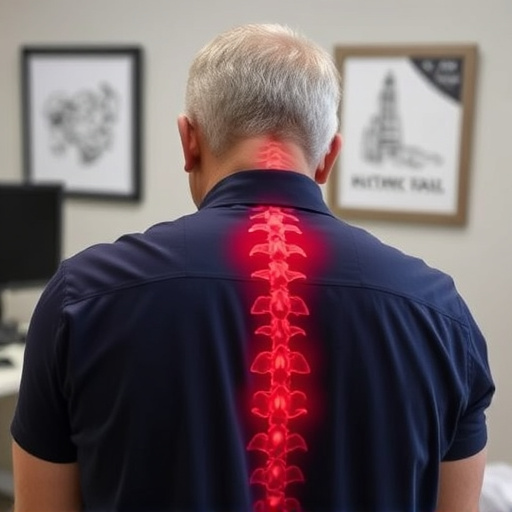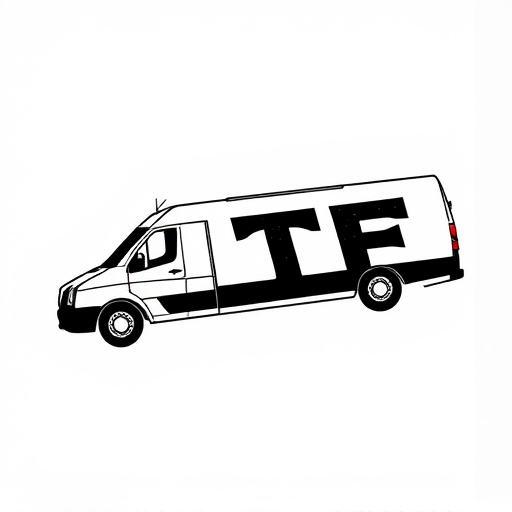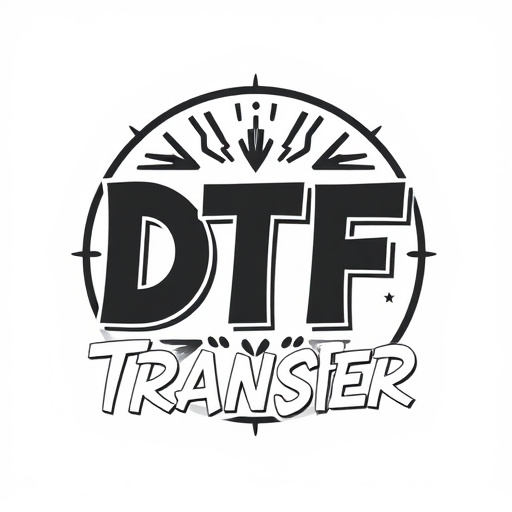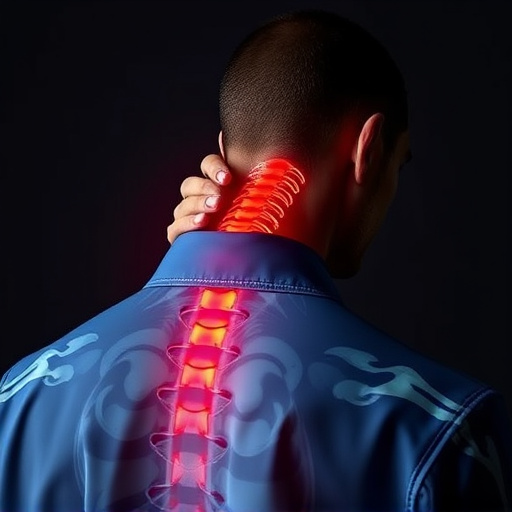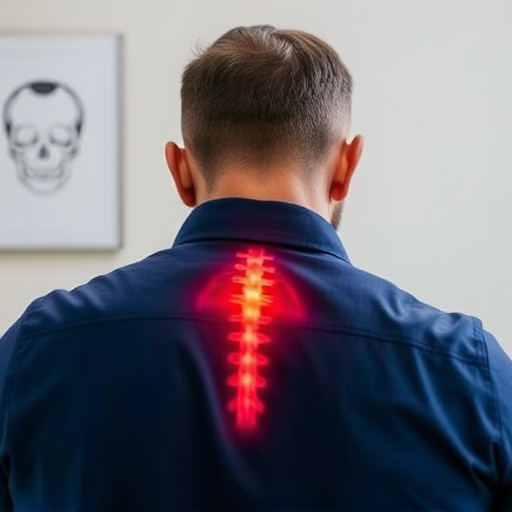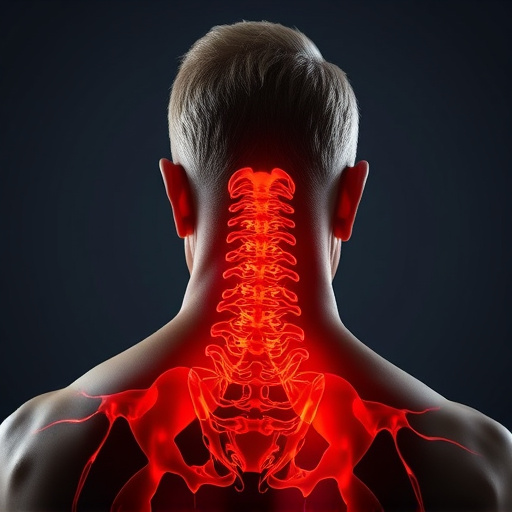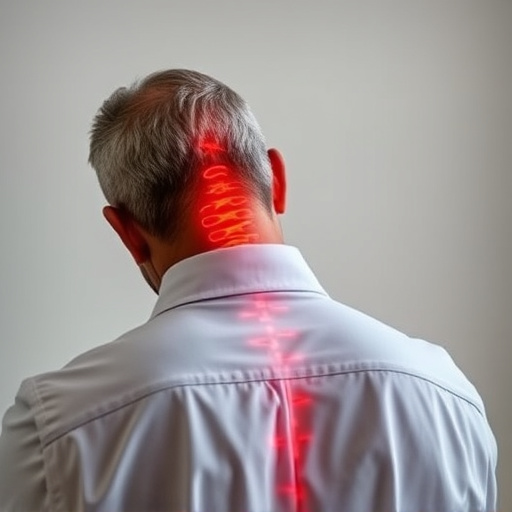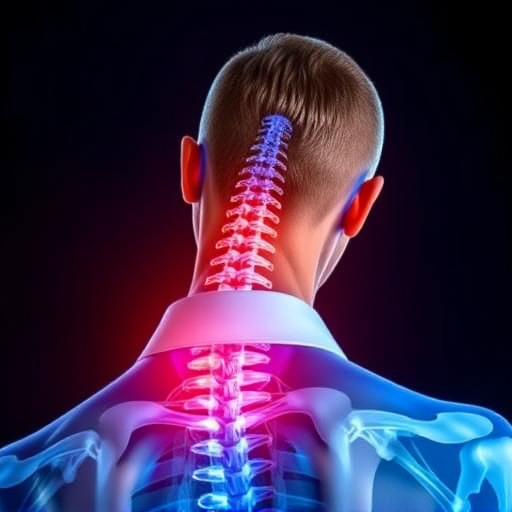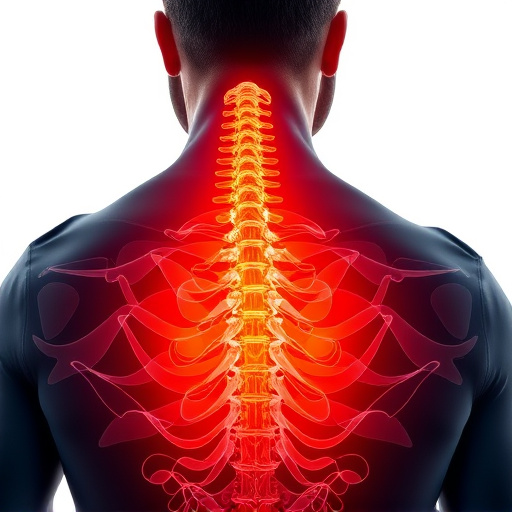Workers' Compensation Injury Care is a specialized program offering comprehensive support for individuals suffering from chronic cranial discomfort due to work-related injuries or conditions like migraines. This holistic approach includes multidisciplinary teams of neurologists, physiotherapists, and psychologists who create personalized care plans integrating physical therapy, occupational therapy, pain management, mental health support, and ergonomic adjustments. Through advanced diagnostic testing, neurosurgery, cognitive behavioral therapy (CBT), and adaptive technologies, this program aims to alleviate symptoms, restore work capabilities, and improve overall quality of life for affected workers.
Chronic cranial discomfort (CCD) is a debilitating condition affecting many individuals. This article explores specialized care options for CCD, delving into its causes, diagnosis, and diverse treatment approaches. We examine the unique role of workers’ compensation insurance in facilitating access to specialized care for work-related injuries. Learn about comprehensive care planning, rehabilitation strategies, and support resources designed to offer continuous relief for those navigating this complex condition.
- Understanding Chronic Cranial Discomfort: Causes and Diagnosis
- The Role of Workers' Compensation in Specialized Care
- Treatment Options for Effective Management
- Creating a Comprehensive Care Plan
- Rehabilitation and Recovery Strategies
- Support Resources for Continuous Relief
Understanding Chronic Cranial Discomfort: Causes and Diagnosis

Chronic cranial discomfort, often referred to as chronic headache or migraines, is a complex and persistent condition affecting many individuals. It’s more than just a minor inconvenience; it can significantly impact a person’s daily life and overall well-being. Understanding this disorder involves delving into its potential causes, which are diverse and may include structural issues in the skull or spine, nerve entrapment, muscle tension, or even previous injuries like workers compensation incidents.
Diagnosing chronic cranial discomfort requires a thorough medical evaluation. Healthcare professionals consider factors such as the duration and frequency of headaches, associated symptoms like nausea or sensitivity to light, and any underlying conditions. Workers compensation injury care plays a significant role here, offering specialized support for individuals who have experienced work-related injuries, ensuring they receive appropriate treatment for resultant chronic pain.
The Role of Workers' Compensation in Specialized Care

Workers’ Compensation plays a pivotal role in facilitating specialized care for individuals suffering from chronic cranial discomfort resulting from work-related injuries. This system is designed to provide financial and medical support to workers who have sustained on-the-job injuries, ensuring they receive appropriate treatment and rehabilitation. When an individual experiences persistent headaches or facial pain due to a workplace incident, Workers’ Compensation can cover the cost of specialized care, including advanced diagnostic testing, neurosurgery, and ongoing therapy.
The process involves filing a claim with the relevant workers’ compensation board, which then assesses the injury and determines eligibility for benefits. Once approved, healthcare providers specializing in cranial disorders can offer tailored treatments, managing pain and improving quality of life. This system ensures that victims of work-related injuries receive specialized care without the financial burden, allowing them to focus on their recovery and return to productive lives.
Treatment Options for Effective Management

Chronic cranial discomfort, often a result of head injuries or conditions like migraines, requires specialized treatment for effective management. Workers compensation injury care plays a pivotal role in addressing this complex issue. One of the primary approaches involves a multidisciplinary team including neurologists, physiotherapists, and psychologists who collaborate to tailor a personalized care plan. This integrated approach considers physical symptoms, psychological well-being, and work capabilities, ensuring holistic healing.
Treatment options span from medications to non-invasive therapies like biofeedback and cognitive behavioral therapy (CBT), which have shown significant promise in reducing discomfort and improving quality of life. In some cases, specialized equipment and adaptive technologies are recommended for workers who struggle with daily tasks due to their condition. The goal is not just to alleviate symptoms but also to empower individuals to regain control over their lives, enabling them to safely return to work or other meaningful activities.
Creating a Comprehensive Care Plan

When managing chronic cranial discomfort, especially in cases involving a workers’ compensation injury, creating a comprehensive care plan is paramount. This strategy should encompass various aspects tailored to the individual’s unique needs. Physiotherapy and occupational therapy play pivotal roles in restoring functions affected by the injury and implementing ergonomic solutions to alleviate ongoing strain. Pain management specialists can offer advanced interventions, such as nerve blocks or medication adjustments, to provide significant relief. Additionally, mental health support is integral, addressing the psychological impacts of chronic pain through counselling and cognitive-behavioural therapy. Integrating these components ensures a holistic approach, enhancing the patient’s overall well-being and quality of life.
Rehabilitation and Recovery Strategies

Rehabilitation and recovery from chronic cranial discomfort, especially in cases involving a workers’ compensation injury, require a multifaceted approach. The process begins with identifying specific triggers and pain sources through detailed assessments. Once understood, targeted interventions can be implemented, including physical therapy to enhance flexibility and strength around the head and neck, as well as specialized massage techniques to alleviate tension.
Additionally, occupational therapy plays a crucial role in adjusting work environments and routines to minimize strain on the affected areas. This may involve ergonomic adjustments or task modifications, ensuring individuals with chronic cranial discomfort can return to their jobs safely and comfortably. Supportive care strategies, such as stress management techniques and cognitive behavioral therapy, also contribute to overall rehabilitation, helping individuals cope better with pain and improving their quality of life.
Support Resources for Continuous Relief

Chronic cranial discomfort, often a result of head injuries or conditions like migraines, can significantly impact daily life. For those with such persistent symptoms, accessing appropriate support resources is vital for continuous relief. Many workers compensation injury care programs offer specialized services tailored to manage and alleviate chronic pain. These programs typically include access to a multidisciplinary team consisting of medical professionals, therapists, and counselors who work together to provide comprehensive care.
One key aspect of these support systems is the integration of various treatment modalities, such as physical therapy, medication management, and cognitive-behavioral therapy. Such holistic approaches address not only the physical symptoms but also the psychological impact of chronic pain. Additionally, workers compensation injury care centers often have access to specialized equipment and technology that aids in diagnosis and treatment, ensuring patients receive the most effective care possible for their cranial discomfort.

